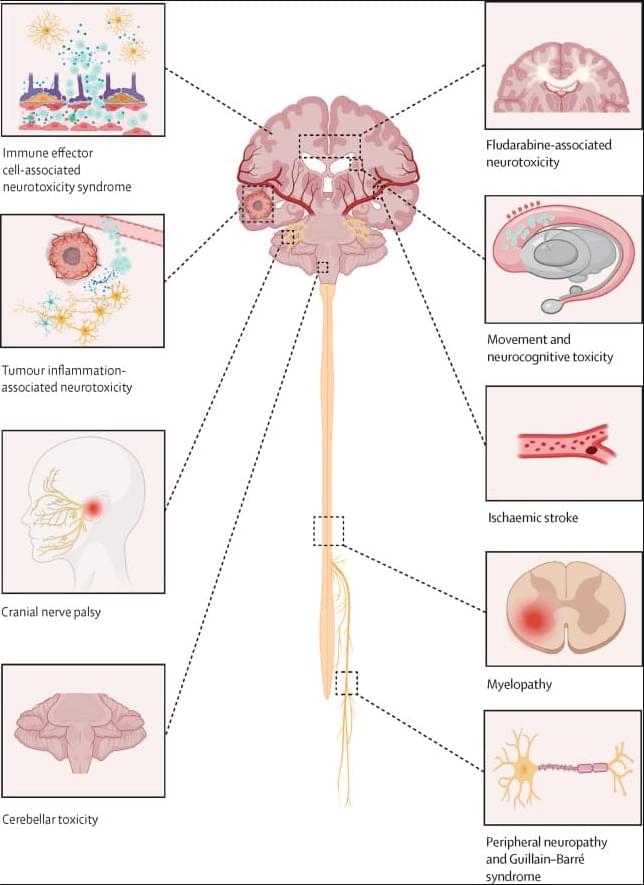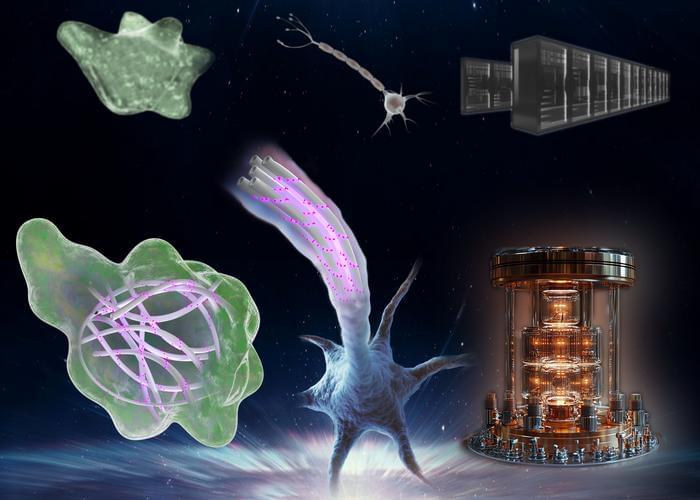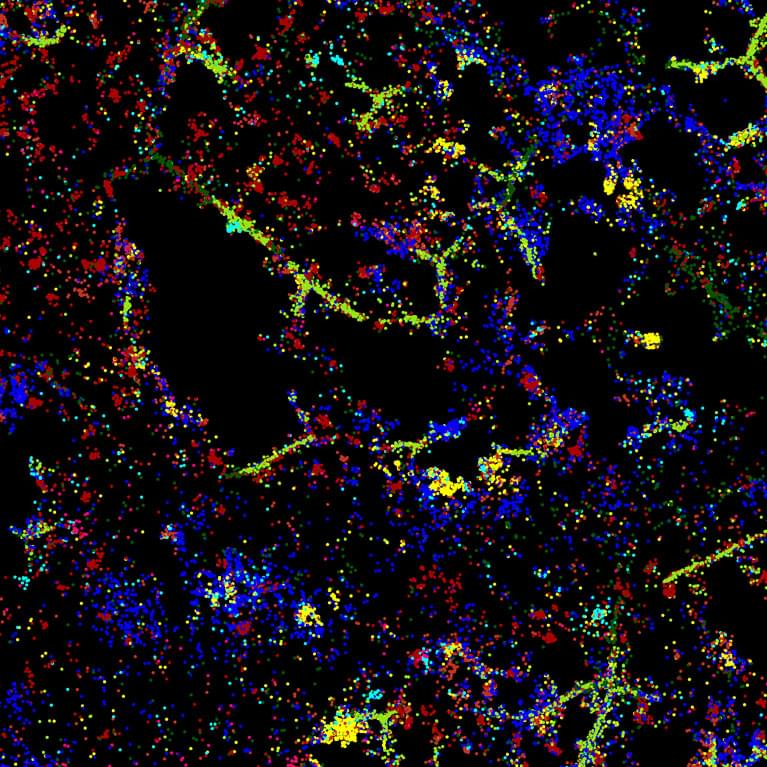More mammals were living on the ground several million years before the mass extinction event that wiped out the dinosaurs, new research led by the University of Bristol has revealed.
The study, published in the journal Palaeontology, provides fresh evidence that many mammals were already shifting toward a more ground-based lifestyle leading up to the asteroid’s impact.
By analyzing small-fossilized bone fragments, specifically end of limb bones, from marsupial and placental mammals found in Western North America—the only place with a well-preserved terrestrial fossil record from this time—the team discovered signs that these mammals were adapting to life on the ground. End of limb bones were analyzed as they bear signatures of locomotory habit that can be statistically compared with modern mammals.






